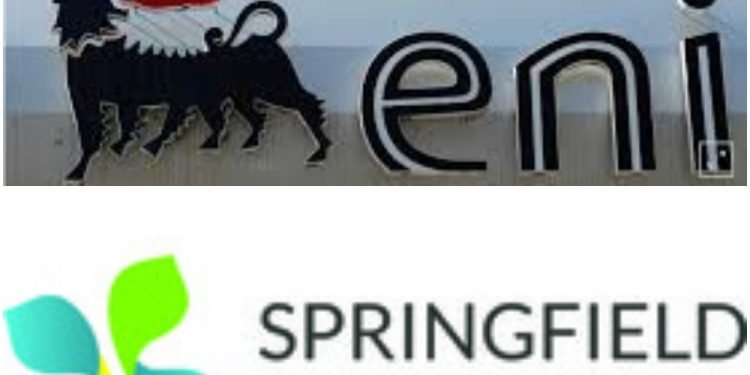Government ‘blamed’ for ENI-Springfield unitization stalemate – Report
Government, has been blamed for the current Sankofa-Afina oil fields unitization impasse between ENI Ghana and Springfield Exploration and Production.
According to key findings contained in a report published by the Institute for Energy Security (IES), government’s “actions and inactions were identified as key factors contributing to the stalemate.”
The key findings drawn from sampling the opinions of persons in the media, government, academia, thin tanks, CSOs, petroleum industry and the business community, however asserts that despite being the ‘cause’ of the stalemate, government is still the only “body most capable of bring finality to the impasse.”
Another key finding by the report, is the public’s worry over government’s silence on the issue given that its directive for unitization of the two fields has been disregarded, particularly by ENI Ghana.
“The public finds as worrying government’s silence on the matter, given that its directive has been disregarded. The public is more concerned about the potential loss of opportunity to maximize government’s earnings and build Ghanaian operatorship capacity, should the unitization stalemate persist,” states one of the key findings by IES.
A year plus on, both ENI Ghana and Springfield are yet to abide by the directive of government to unitize their respective oil fields by signing a Unitisation and Unit Operating Agreement (UUOA).
Government’s unitisation directive is primarily due to ENI’s rejection of government’s position on the matter.
While Springfield’s position aligns with government’s, of evidence of a common reservoir, ENI is of the opinion that there is no dynamic or hydrocarbon communication between the Sankofa and Afina fields and as a result is questioning and largely rejecting the imposition of the unitization terms and conditions.
The IES’ study finds that Ghana stands to derive an upwards of US$8.4 billion from the unitisation of the Sankofa and Afina fields, as opposed to US$2.065 billion that it will derive from the production from the Sankofa fields, assuming no incidence of unitisation.
| GOVERNMENT-TAKE ANALYSIS FOR THE AFINA AND SANKOFA FIELDS | ||
| Government Entitlement | No Unitisation (US$ Million) | Unitisation (US$ Million) |
| Royalty | 651 | 2,584 |
| (+) Bonuses, Fees and Levies | 37 | 75 |
| (+) Additional Oil Entitlement | 125 | 1,433 |
| (+) Income Tax Paid | 1,252 | 4,317 |
| GOVERNMENT TAKE | 2,065 | 8,409 |
Source: IES 2021
The Sankofa oil field is part of ENI’s Offshore Cape Three Points project off Ghana’s Atlantic Coast, which it says has reserves of about 40 billion cubic meters of gas and 500 million barrels of oil.
The Afina oil field which was discovered by Springfield in 2019, is said to contain 1.5 billion barrels of oil and 0.7 trillion cubic feet of gas.
Meanwhile, another key finding by the IES indicate that, the ongoing impasse between ENI and Springfield is not likely to dampen investor confidence and repel investors from the sector.
Per its findings, the current incidence is seen as a normal industry issues and not unique to Ghana and for that, no investor may be deterred simply because of the impasse.







